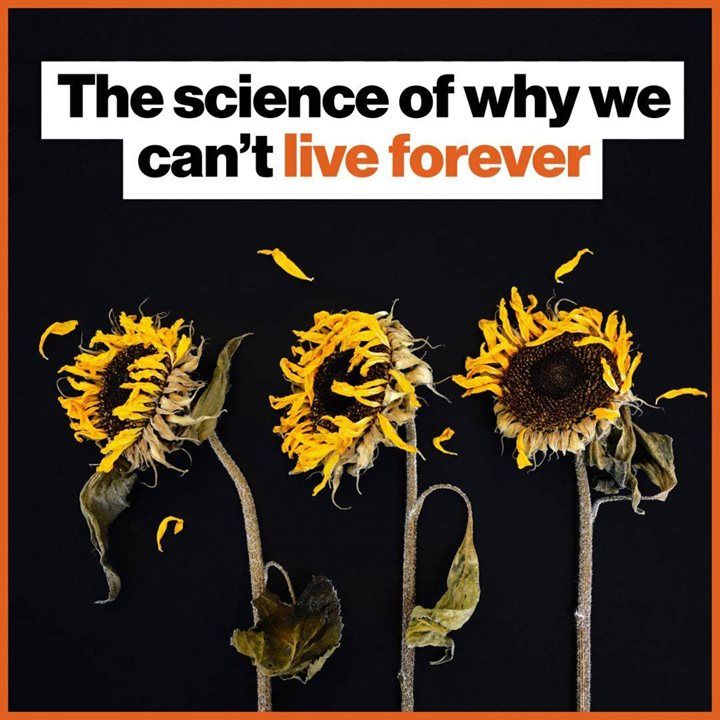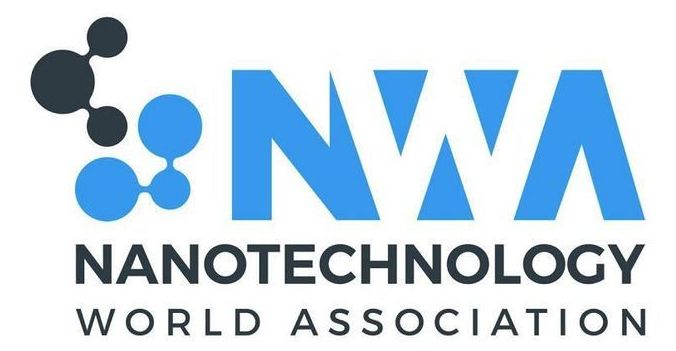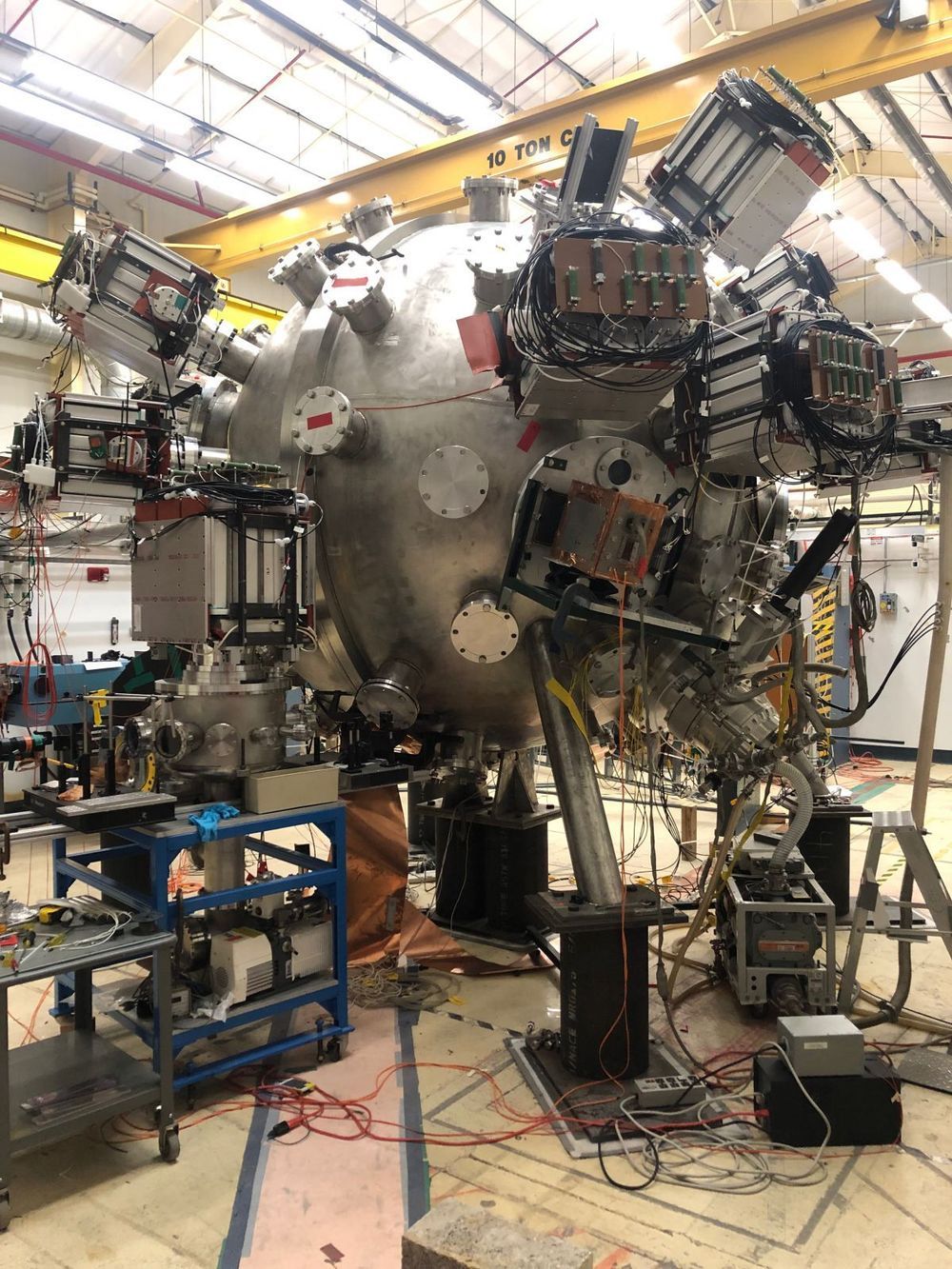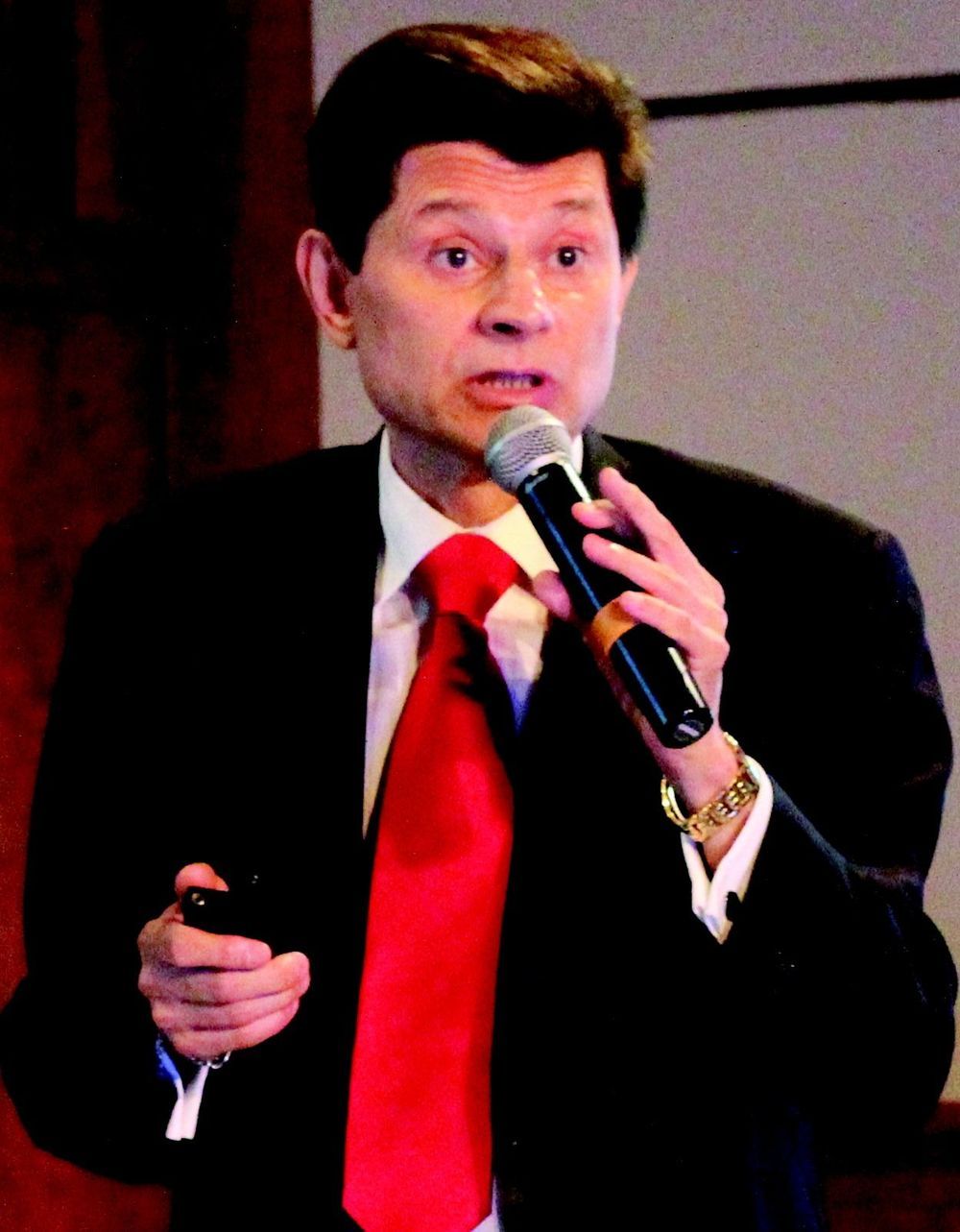In this video, science writer Michael Shermer discusses the universal laws that preside over why stars fade out — and we do, too.


In this video, science writer Michael Shermer discusses the universal laws that preside over why stars fade out — and we do, too.


Generating endless energy with zero emissions by just slamming hydrogen atoms together has been somewhat of a pipe dream for decades. Now, scientists may be getting a tiny step closer to feasible fusion power, thanks to a futuristic experiment and dozens of plasma guns.
Eighteen of 36 plasma guns are in place on the machine that could make fusion power a reality. Those guns are the key components of Los Alamos National Laboratory’s Plasma Liner Experiment (PLX), which uses a new approach to the problem. PLX, if it works, will combine two existing methods of slamming single-proton hydrogen atoms together to form two-proton helium atoms. That process generates enormous amounts of energy per speck of fuel, much more than splitting heavy atoms (fission) does. The hope is that the method pioneered in PLX will teach scientists how to create that energy efficiently enough to be worthwhile for real-world use.
The promise of fusion is that it produces tons of energy. Every time two hydrogen atoms merge into helium, a small portion of their matter converts into a whole lot of energy.


A new Pew Research report unsparingly explains, the decline of Christianity in the United States “continues at a rapid pace.” A bare 65 percent of Americans now say they’re Christians, down from 78 percent as recently as 2007. The deconverted are mostly moving away from religion altogether, and the ranks of the religiously unaffiliated — the “nones” — have swelled from 16 to 26 percent over the same period. If this rate of change continues, the U.S. will be majority non-Christian by about 2035, with the nones representing well over one third of the population.
What the decline of Christianity will mean for politics in America.
At stake is not just the well-being of millions of Chinese people, but the future of the global healthcare industry. China has set its sights on creating a holy grail healthcare system that satisfies patients’ needs and control costs while still encouraging cutting-edge research—and the world is watching.
Whether it succeeds will affect the future of the global industry.

“When you have them recall their trauma, the memory goes to an unstable state. The beta blocker is something we use to block the consolidation of the emotional part of the memory being restored, while preserving the conscious part,” says McGill University’s Dr. Karem Nader.
A traumatic memory has the means of replaying itself over and again with such tenacity that it’s almost as if it were on a constant loop. It has the alarming capability of magnifying the most horrific aspects and can run through the minds of its victims with such frequency that many report feeling as if they’re a prisoner of their own mind.

